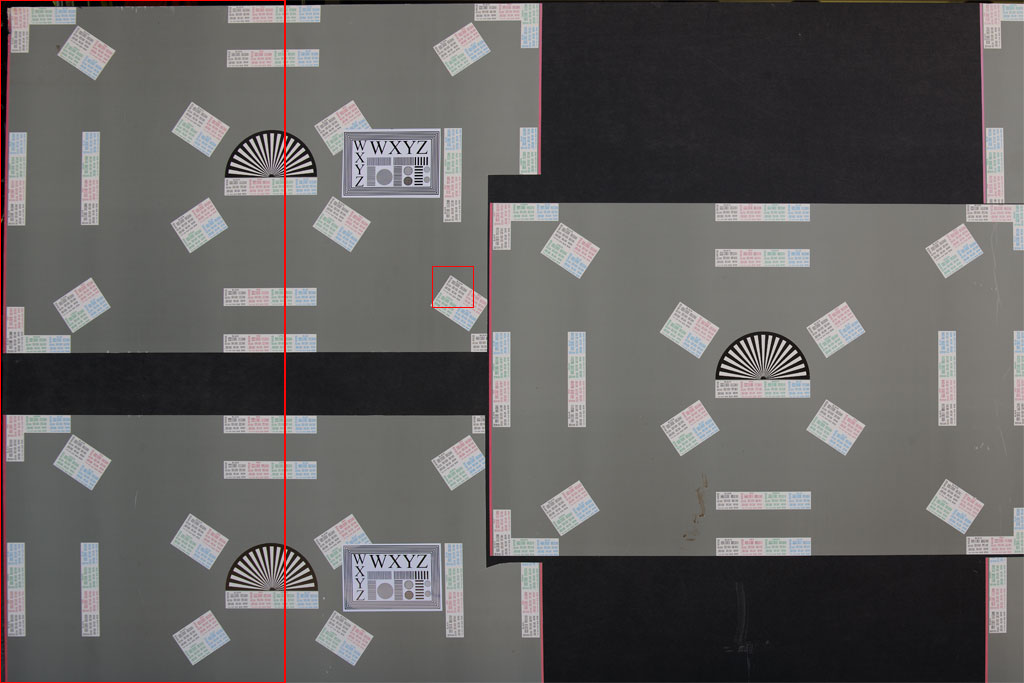
|

|

|

|

|

|

$220 SAVE $130 = 37.0% Western Digital 16.0TB Western Digital Ultrastar DC HC550 3.5-in… in Storage: Hard Drives
|

|

|

|

|
Resolution chart—40/4
Introduction
The MTF charts suggest that sharpness will be degraded by field curvature and astigmatism for the Hartblei 40/4 and 80/2.8, but not much by the 120/4.
This page explores that question with a resolution chart. Shot with the 24.4MP Nikon D3x and processed in Nikon Capture NX2 into 16-bit TIF (aberration correction disabled).
Because the Hartblei lenses are shift lenses (and tilt), the behavior will be explored here at full shift in the long direction, the most demanding case, but one which still allows us to see performance at center. Note that 10mm shift on a 36mm full-frame still shows 26mm of the unshifted frame. The image at page top shows the additional image area outlined in red, and the focus area near center of the frame outlined in red as well.
Resolution chart
We’ll look at two aperture series here, both focused using D3x Live View. The subject was approximately 2 meters away for a reproduction ratio of approximately 1:50 — infinity focus in terms of optical considerations.
The “center” series was focused near the center of the shifted frame. The “corner” series was focused in the upper left corner of the shifted frame.
The results show that with a flat (planar) subject:
- unshifted performance is excellent out to the corners of the 35mm frame;
- fully shifted, the corner and center cannot be sharp at the same time unless the lens is stopped down to the f/11 - f/16 range (field curvature);
- fully shifted, contrast is low in the corners no matter what the focus or f-stop;
- astigmatism is unavoidable; even optimal focus for the corner does not avoid it;
- overall best results when fully shifted near f/16; stopping down to f/22 degrades contrast and resolution substantially.
- field curvature comes into play significantly at about 5mm of shift; the last 5mm of shift is where the field curvature really is seen as a problem (for planar subjects).
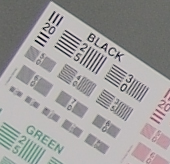
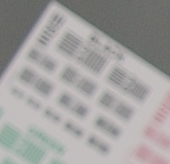
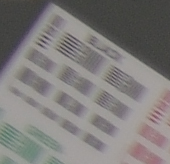
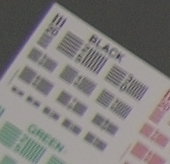
Conclusions
Shifted performance on flat (planar) subjects reveals field curvature and associated astigmatism beyond about 5mm of shift, for which stopping down to f/11 - f/16 is strongly advised. For “3D” subjects, such considerations can be relaxed to f/8 or so.
Seagate 22TB IronWolf Pro 7200 rpm SATA III 3.5" Internal NAS HDD (CMR)
SAVE $100
















